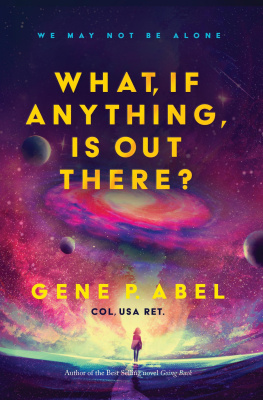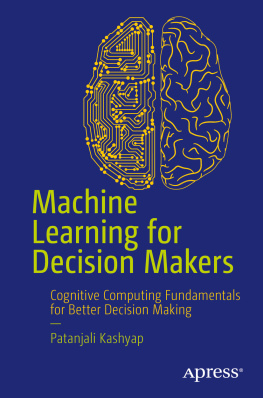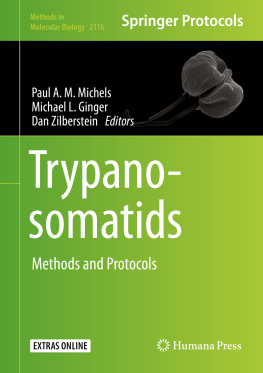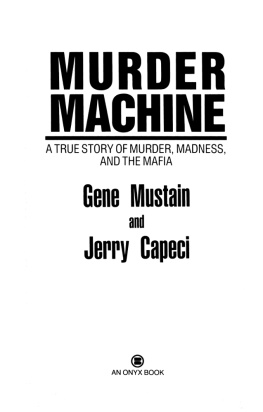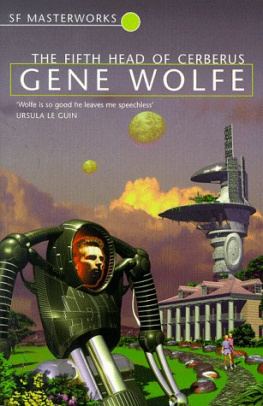PRAISE FOR GENE MACHINE
Discovering the structure of the ribosome was a truly incredible moment in the history of humankind: this intricate, microscopic machine that lies at the heart of all life, made mostly of RNA, that mysterious material that pre-dates both DNA and protein. As its shape and moving parts came gradually into focus through ingenious applications of crystallography, it is extraordinary to think that this is a device vital to all life, yet which no living thing has seen or understood till now. In this detective story of a book, told with smiles and subtlety, Venki Ramakrishnan relates how he, an immigrant from India, managed to assemble the people, the ideas and the tools to achieve this remarkable feat, in collaboration and (sometimes sharp) competition with other scientific teams, culminating in a Nobel Prize. For students of how science actually happens, this is a book to be treasured and pored over.
Matt Ridley, author of Genome
and Francis Crick: Discoverer of the Genetic Code
An enchanting and invigorating work, Gene Machine casts a many-angled light on the world of science, the nature of discovery, and on one of the deepest mysteries of twentieth-century biology. Ramakrishnan, one of the key players in deciphering the molecular basis of protein translation, gives us both a rollicking scientific story and a profoundly human tale. In the tradition of The Double Helix, Gene Machine does not hesitate to highlight the process by which science advances: moving through fits and starts, often underscored by deep rivalries and contests, occasionally pitching towards error and misconception, but ultimately advancing towards profound and powerful truths. An outsider to the world of ribosome biology an Indian immigrant, a physicist by training Ramakrishnan retains his outsiders vision throughout the text, reminding us about the corrosive nature of scientific prizes, and the intensity of competition that drives researchers (both ideas, I suspect, will have a munificent effect on our current scientific culture). Ramakrishnans writing is so honest, lucid and engaging that I could not put this book down until I had read to the very end.
Siddhartha Mukherjee,
author of The Emperor of All Maladies and The Gene
The ribosome is the central processor that decodes the universal machine-code of life, and the history of its unravelling is on a par with that of DNA itself. You could think of Venki Ramakrishnan as a sort of nice Jim Watson. His meticulously detailed and generous memoir has the same disarming frankness as The Double Helix. His personal honesty about the competitive ambition that drove him is tempered by his deeply thoughtful reflections on the potentially corrupting effect of big prizes. Gene Machine will be read and re-read as an important document in the history of science.
Richard Dawkins
This exhilarating account of the race to understand the molecular machine that turns genes into flesh and blood is remarkable for its candid insights into the way science is really done, by human beings with all their talents and foibles. Venki Ramakrishnan, an outsider in the race, gives an insiders view of the decades-long quest to map the million atoms in the machine to fathom the fundamentals of life, pave the way for new antibiotics, and share the glory of the Nobel Prize.
Roger Highfield,
Director of External Affairs, Science Museum Group
Quite a ride. This is a riveting personal account of the race to decipher the structure of the ribosome, one of the most complex and fundamental machines in the cell. The book takes up the baton from Watsons Double Helix, and like Watson, Ramakrishnan is disarmingly candid in tone, sometimes disquietingly so. His telling is laced with wisdom spun from a remarkable life story and the sharp lab anecdotes that are the lifeblood of everyday science.
Nick Lane, author of The Vital Question
GENE MACHINE
The Race to Decipher
the Secrets of the Ribosome
VENKI RAMAKRISHNAN

Dedicated to Graeme Mitchison
(19442018)
CONTENTS
FOREWORD
BY JENNIFER DOUDNA
THIS IS A PERSONAL STORY of the authors experiences as a student, professor, and avid experimentalist seeking to understand how cells carry out one of the most ancient and fundamental of activities, the synthesis of proteins. The passion for discovery, the frustration of experiments gone awry, the personal and professional struggles that accompanied the road to scientific success come alive in this engaging account.
The authors perspectives are unique in several ways. As an immigrant to America and later to England, and as a physicist entering the world of biology, the story captures the feelings of an outsider yearning to be part of the scientific and social world he observes. This yearning may have played a role in the approach to research that he describes: there is at once a desire to belong and yet a willingness to be a maverick and to embark on a journey of discovery that seemed at the outset to be a long shot. Then there is the scientific discovery itself: revelatory structures of the very machinery that reads the genetic code and translates its nucleic acid sequence into chains of amino acids that form all of the proteins necessary for life on earth. The ribosome, comprised of one large and one small subunit, is uncovered in all its glory, with the authors own work revealing the molecular underpinnings of the decoding mechanism of the ribosomal small subunit and the means by which multiple antibiotic drugs block the action of the bacterial ribosome and thereby eliminate microbial infections. The process of determining structures of the ribosomal small subunit, from initial efforts with individual components to later tour-de-force attempts to purify and crystallize the intact small subunit, is a fascinating tale of ingenuity, luck, and ultimate success.
The story is also one of professional dilemmas, the serendipity of discovery, and the deeply human nature of research, in which personalities play an essential role. Any major scientific breakthrough involves multiple contributors as well as the interactions of scientists grappling with the challenges of discovery and setback that accompany the winding path to understanding. It is not always clear how ideas emerge, whether they are truly ones own or instead an outcrop of discussions with others. Sometimes competition comes between colleagues and must be managed even as the joy of discovery is at hand. The award of the 2009 Nobel Prize in Chemistry gave recognition to the early success with ribosome crystallization by Ada Yonath and the subsequent achievements of Venki Ramakrishnan and Tom Steitz in solving the structures of the ribosomal subunits. Yet, as described in the book, others who made key contributions were, by the three-recipient limitation of the prize, left out of this recognition despite the importance of their insights. The book provides a readable account of the authors experiences and views on these matters that must be taken in the spirit of a memoir rather than an objective historical essay. Students of science and of the scientific method will find this story to be a fresh take on the process of discovery and the sometimes tortuous trail that leads to new knowledge. In the end, it is a fascinating contribution to the scientific literature and one that will be valued as both a description of fact and a dissection of the emotional side of a scientists approach and eventual achievement.
J. A. DOUDNA
PROLOGUE
LOOKING BACK, IT IS SURPRISING how little effect her visit had. It was a grey autumn day in 1980. A small advertisement on a Yale University noticeboard had announced a lecture with a vague title. I had no trouble finding a seat, even though I arrived just before the speaker, because only a few specialists had bothered to come.
Next page

